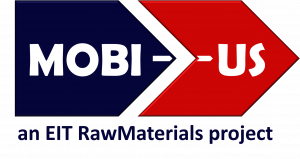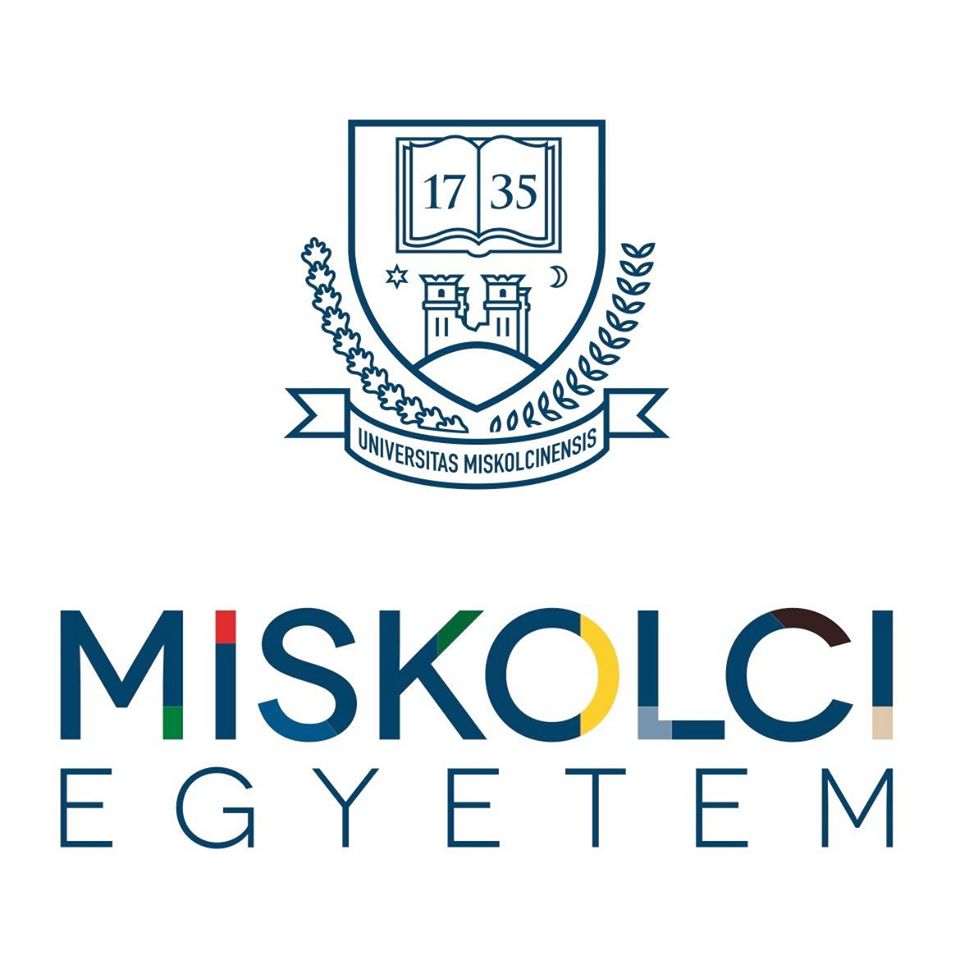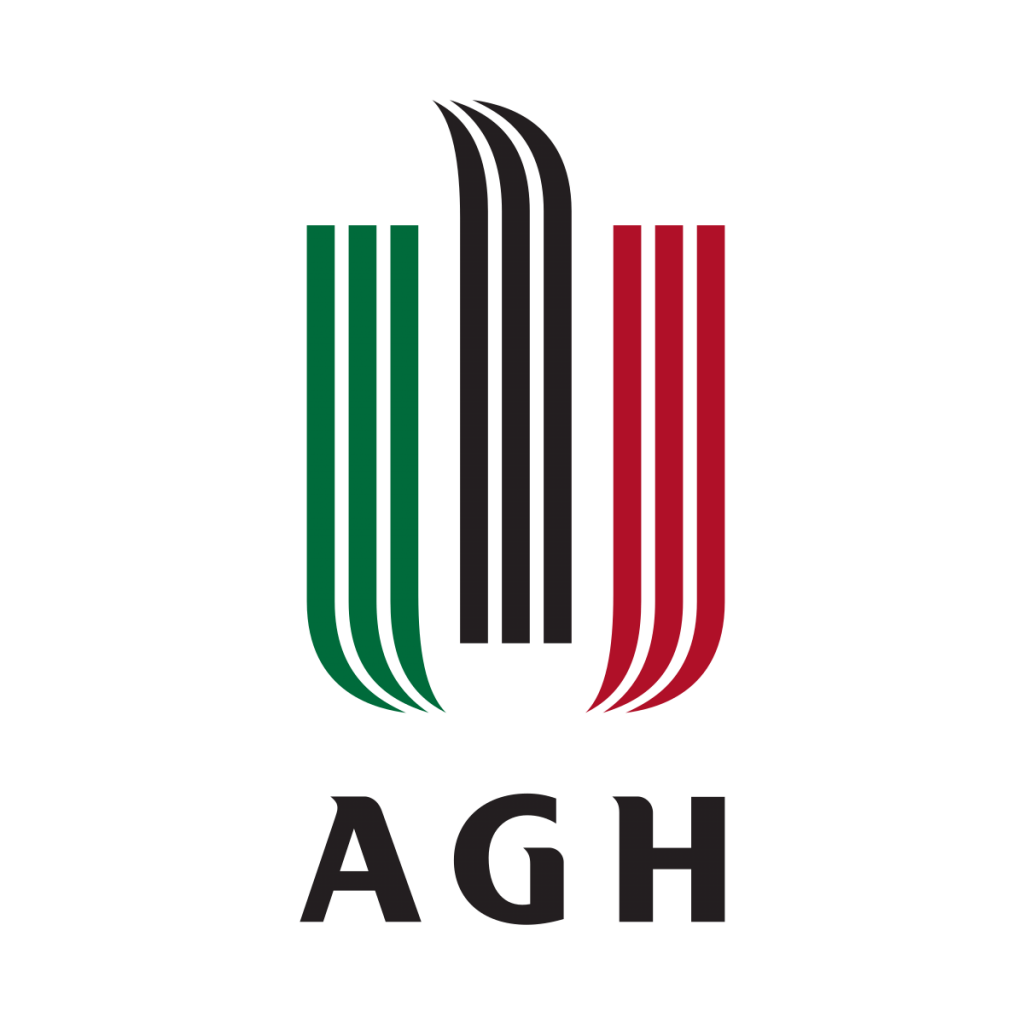
Pathway 4


EARTH SCIENCES ENGINEERING, APPLIED GEOPHYSICS
This pathway is the reversal of Pathway 3, offering mobility for Earth Science Engineering students at the University of Miskolc on the Geophysical engineering specialization to study in their third semester at the AGH-UST. The driver of mobility from the University of Miskolc is the high level of courses in the Applied geophysics MSc at the AGH-UST. Students from Miskolc can move for their third (winter) semester to the AGH.
CONTACT
PhD. Eng. Anna Kwietniak :

1st - winter [ECTS]
Numerical methods and optimization [2]
Engineering physics [4]
Physical geology [4]
Mineralogy and geochemistry [4]
Geodesy, spatial informatics [4]
Computer science for engineers [2]
Geophysical exploration methods I. [4]
Data and information processing [4]
Graduate research seminar [2]
[30]

2nd - summer [ECTS]
Structural geology [4]
Mineral deposits [4]
Engineering geology and hydrogeology [4]
Analytical technics in mineralogy and petrology [2]
Geophysical measurements [4]
Engineering and environmental geophysics [4]
Engineering physics II. [2]
Geophysical inversion [2]
Geophysical exploration methods II. [4]
[30]

3rd - winter [ECTS]
Thesis consultation (online) [6]
[32]

4th - summer [ECTS]
Strategic Management [2]
Safety techniques and labor safety [2]
Diploma thesis consultation 2. [24]
Quality management [2]
[30]

Course descriptions of the mobility semester
Engineering seismic
- Objectives: Applications of seismic methods in engineering problems – an individual practical project of investigations.
- Content:
Seismic Refraction Method: principles of interpretation and applications, refraction tomography.
Principles of the multichannel analysis of surface waves method (MASW): data acquisition, dispersion analysis, inversion; case study.
Field activities – testing of measuring equipment, field refracton tests, MASW field tests, mapping of vertical contacts, assessment of lithological changes in rock bed based on the velocity of seismic waves, interpretation of refraction measurements,
interpretation of MASW investigations. - Outcomes:
Knowledge
– The student knows and understands the physical phenomena used in engineering geophysics.
– The student knows the most important problems in the field of engineering geophysics, understands the connection of this knowledge with geology and is able to analyze the results of geophysical and engineering research.
Skill
– The student is able to apply basic research methods and perform measurements in the field of engineering geophysics.
Social competences
– The student understands the need to constantly update knowledge in the field of engineering geophysics.
Engineering geoelectric
- Objectives of the course: Application of geoelectrical methods in engineering problems – practical project.
- Content:
Applicability of geoelectrical methods in engineering problems.
Specificity of measurement conditions in the field of engineering survey.
Measurement systems and technology in selected geoelectrical methods (i.a. electrical resistivity tomography, azimuthal vertical electrical sounding and penetrometer geoelectrical profiling). Problems of modelling and inversion in engineering geoelectrics. Examples of application of the geoelectrical methods in engineering problems.
Field classes include:
1) planning measurements with the use of selected geoelectrical methods in relation to the engineering problem;
2) preparation and testing of measurment systems;
3) conducting measurements.
Computer classes include:
1) processing of data obtained during field survey;
2) interpretation of the obtained results. - Outcomes:
Knowledge
– Student knows and understands physical phenomena applied in engineering geoelectrics.
– Student is familiar with the most important problems in the field of engineering geoelectrics, understands the connection of this knowledge with geology and is able to analyse the results of geophysical survey.
Skills
– Student is able to apply basic geophysical methods and perform measurements in the field of engineering geoelectrics.
– Student is able to process and interpret the results of field measurements in terms of a given engineering problem.
Social competences
– Student is able to work in a team. Student is responsible for his own and other team members safety.
– Student understands the need to constantly update his knowledge in the field of engineering geoelectrics.
Potential methods
- Objectives of the course: Methods of qualitative and quantitative interpretation of potential fields data for recognition of the near-surface part of the rockmass and in the mining industry. Specialist methods used in the environmental magnetism research.
- Content:
Micrograwimetric method – specificity of the method, error analysis, determining the reliability of the anomaly, Euler deconvolution. Mining microgravimetry – underground research, linking research results with seismic emission. Borehole gravimetry – determining the density of the layers. Examples of microgravimetry applications in the surface protection.
Physical parameters and indicators used in the environmental magnetism.
The soil magnetometry (geological, chemical and biological processes that give rise to the occurrence of magnetic minerals in the
environment).
Measurements of magnetic parameters in the field and in the laboratory.
Magnetic methods in assessment of soil pollution.
Application of magnetic gradients in near-surface studies.
Quantitative and qualitative interpretation of microgravimetric data.
Density analysis in mining shafts and boreholes. Processing data of the vertical gradient of gravity. Calculations of corrections of underground microgravimetric measurements.
Magnetic susceptibility measurements of soils and rocks samples.
The soil magnetometry – acquisition procedures, calculations of parameters and indicators, interpretation, conclusions.
Measurements of the gradient of the Earth’s magnetic field – qualitative and quantitative interpretation of magnetic data. - Outcomes:
Knowledge
– Has a broad knowledge of the microgravimetric method and magnetic method, knows the possibilities of its use for the recognition of the near-surface part of the rockmass and environmental studies.
– Is able to interpret the results of research with regard to data from various sources (geological, tectonic, drilling, pedological, geochemical, geophysical).
Skills
– Is able to independently design microgravimetric studies, process and interpretation borehole gravimetry and mining microgravimetry data.
– He can design environmental magnetic research taking into account the research problem and the current state of knowledge.
Social competences
– It complements the knowledge on its own with the use of various available sources.
Processing and interpretation of well-logging data
- Objectives: The module prepares for interpretation of well logs and results of laboratory measurement results on core samples in order to determine the reservoir parameters.
- Content: Sequence of well log processing: depth shifting, correction of artificial anomalies, proper adjustment of sections of individual logs, change of the sampling, corrections to the measurement environment in well logging, apparent parameters in well logging, impact of well – diameter and mud parameters (resistivity and density as well as natural radioactivity), pressure and temperature influence. Cross plots to obtain preliminary information on mineral composition and rock saturation.
Calculations of petrophysical parameters based on individual logs in interpretation systems. Interpretation of well logs in combination with the results of laboratory measurement results on core samples.
Comprehensive interpretation of well logging in terms of determination of mineral composition, volume of clay, porosity and saturation using specialized programs, eg: GeoWin, Techlog (Schlumberger), IP (Lloyd’s Register). - Outcomes:
Knowledge
– Knows and understands the necessity and knows how to apply the processing sequence in borehole geophysics: depth matching, correction of artificial anomalies, proper adjustment of individual profiling sections, filling in missing profiling sections, changing the sampling step.
– Knows and understands the necessity and knows how to apply corrections to the measuring environment in borehole geophysics, assess apparent parameters in borehole geophysics – the impact of the hole – the diameter and parameters of the scrubber (resistance and density as well as natural radioactivity), the effect of pressure and temperature.
– Knows models for calculating petrophysical parameters based on the results of well geophysics profiling – Knows the use of laboratory test results in petrophysical analysis and knows how to link them to well geophysics profiling.
– Knows and understands the usefulness and knows how to use cross-charts to obtain initial information on the mineral composition and saturation of rocks; knows and knows how to use the principles of standardization as a method of rapid analysis of well geophysics profiling, knows how to use for determining productive zones.
– Understands the rules and knows how to apply processing and interpretation of borehole geophysics data using specialized software: GeoWin, TechLog (Schlumberger), IP (Lloyd’s Register).
Skills
– Is able to determine the importance and order of tasks performed in the implemented project in a competent and responsible manner.
Social competences
– Is prepared to work wherever it is required knowledge of geophysics hole at the basic level engineering knowledge and skills, especially in enterprises geophysical and geological.
Geophysical analyzes in environmetal protection
- Objectives: The module aims to familiarize students with the geophysical methods in connection with natural environment and their application in environmental protection.
- Content: Geophysical monitoring in environmental protection (definition, concept, conditions, limitations, methodology) – application areas: monitoring of groundwater pollution (garbage dumps, polluted areas), the monitoring of subsurface structural changes (underground mining, landslides), monitoring of environmental changes (permafrost) and changes in structural engineering (concrete and earth dam), the monitoring of surface contamination of soil (industrial dust, radioactive elements).
Geophysical characterization of subsurface: the fields of physical, physico-chemical properties and other phenomena (geoelectrical, gravitational, electromagnetic and physical strain), geological properties of the medium used in the monitoring, range and variability (apparent resistance in loose soils and rocks, density, features: elastic, electromagnetic and thermal)
The accuracy and measurement errors in geophysical methods.
Monitoring the use of GPR. Ground penetrating radar: principles of operation, construction and planning of field work, data processing, interpretation methods. Examples: the location of underground caves, crypts, location mining voids, monitoring landslides and flood barriers, soil pollution.
Application of other geophysical methods in environmental protection. - Outcomes:
Knowledge
– Student knows the principles of operation of measuring devices, is able to read their operating instructions correctly and with understanding, can apply them to solve a complex engineering task.
– Student knows and understands advanced techniques of designing, acquisition, processing and interpretation of geophysical data.
– Student has a knowledge of geophysical methods in environmental monitoring, student knows the possibilities of its application to the solution of an engineering task.
Skills
– Student knows the rules and can independently perform data visualization, describe in a syntactic way, present and discuss the results of the complex engineering task he has developed.
Legal protection of intellectual property
- Objectives of the course: To acquaint the student with the principles and laws of intellectual property and patent rights.
- Content:
1. The concept of intangible goods and their historical evolution. Conceptual intangible goods. Public and private domain. Objects of protection: works, solutions, markings, know how. Characteristics of copyright protection, industrial property rights – similarities and differences. The specificity of know-how protection.
2. Works: types, dualistic protection system. Consequences of violation of personal copyright and copyrights – civil law protection (Enforcement Directive and its implementation in Polish law), protection from criminal law. The specificity of the protection of computer programs. Allowed uses: personal and public.
3. Solutions: patent protection, utility model, industrial design. Rules for trading solutions – licenses and their types, transfer of property rights.
4. Possession of intellectual property: employee creativity, basic agreements in the field of intellectual property. Contract for creation of a song. Agreement on the transfer of ownership of the song. Sources of obtaining information about changes in intellectual property protection. - Outcomes:
Knowledge
– Knows the rules for the transfer of property copyrights and inventions rights under an employment relationship, rules for the acquisition and disposal of intellectual property, granting and negotiating licenses.
– Knows what intellectual property belongs to the public domain, so they are generally available, and which belong to the private domain and are protected by copyright / industrial property law / know how. Knows the basic forms and principles of intellectual property protection: works, solutions, designations, know how.
Skills
– Is able to monitor changes in the intellectual property protection law.
– Is able to use protected intellectual property in a way that does not infringe the protection rights. Knows the legal consequences of infringing someone else’s copyright and derivative / patent / utility model, industrial / signs / know how.
Social competences
– He/she can write basic agreements in the field of intellectual property management.
Computer modelling
- Objectives of the course: This course provide advance knowledge about building geological models.
- Content:
Presentation of software used in geology 2D- 3D- 4D modelling.
Problems and purpose of using, construction of data base.
Introduction to construction of deposit model. Preparing data base, handling data.
Using MineScape software for deposit modelling. Importing data, handling data, creating post maps, cross-sections, grid maps, building stratigraphy model and block model, resources evaluating. - Outcome:
Knowledge
– Student have necessary knowledge needed for performing advanced calculations for deposit modelling.
– Student have a knowledge of using advanced computer software used in earth sciences.
Skills
– Student is able to gain geological information from various data bases and other sources, interpret and draw conclusions.
– Student is able to design mining works for ore deposit using advanced computer software.
Prospecting and mineral exploration
- Objectives: This course provide advance knowledge about methods, strategy and techniques used in mineral prospecting and exploration.
- Content: Strategy and policy applied to prospecting of mineral deposits. Influence of world market on mineral prospecting. Strategy of companies in mineral prospecting. Development and design of prospecting projects.
Geological methods applied to mineral prospecting. Mineralogical methods applied in mineral prospecting. Geophysics methods applied in mineral prospecting. Introduction to remote sensing methods.
Geochemical methods applied to mineral prospecting, pathfinders.
Sampling and analytical methods. Background calculation and interpretation. Soil profiles, weathering.
How to collect geological data. Practice in sample description. How to collect stream sediments, pan concentrates and soil sampling. Practice in sample preparation. Know-how to applied for concession. Know-how to prepare project of field and laboratory works. Selection of materials for the project. How to collect and select material for the project. Timing of field geological works, and cost calculation. - Outcomes:
Knowledge
– Student have a knowledge on principles and methodology of conducting geology works.
– Student have a knowledge on prospecting geology.
Skills
– Student is able to gain geological information from various data bases and other sources, interpret and draw conclusions.
– Student is able to make a preliminary economic estimation of mining and geology project.
– Student is able to plan geological works and prepare an exploration program.

